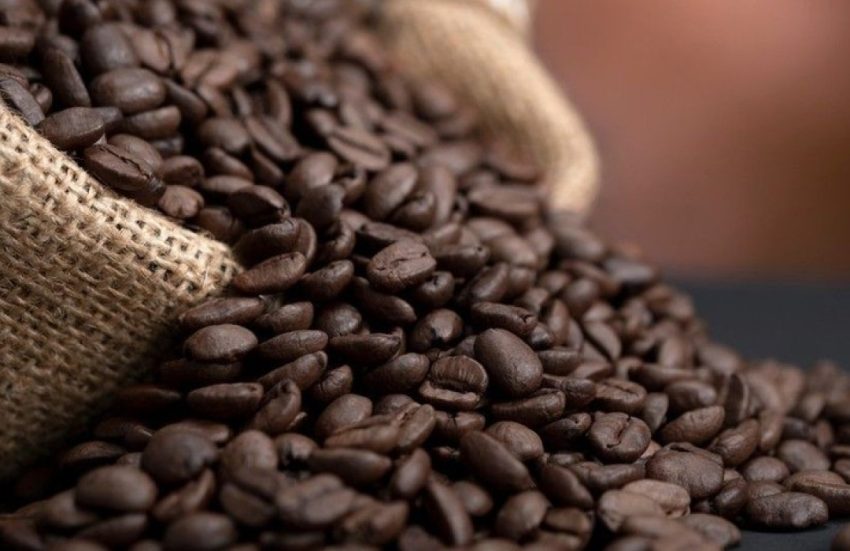Have you ever had coffee that seemed to open up on your tongue like wine — with berry sourness, floral notes, or even grapes? Or has your coffee ever been bitter, like a burnt nut? I hear these questions almost every day. And the explanation is not in the capsule, the machine, or even the roasting.
Up to 98% of the taste is formed on the plantation.
The terroir is crucial — this is everything that surrounds the coffee tree: climate, altitude, soil composition, humidity, and even how much sunlight falls on it.
Understanding these factors gives you control over the taste in your cup. This makes you not just a consumer, but a person who understands. And you know what is especially important? In an era when the climate is changing and the coffee belt is narrowing, there is less delicious coffee.
Over the past 40 years, the Arabica cultivation area has decreased by almost 50%
And the demand for specialty coffee in the UAE is growing every year by 8.3%
If you are a man 35+, a beginner connoisseur who wants to understand what he drinks – this article is for you. I will explain everything in simple language, but to the point. And at the end – I will suggest where to get truly high-quality beans.
Altitude: the taste begins in the mountains

The higher the coffee grows, the richer and more interesting the taste. The berries ripen slowly, have time to accumulate sugar, acidity and aroma.
- Ethiopia, Yemen – up to 2500 m
- Colombia, Kenya – 1800–2200 m
- Brazil – up to 1000 m
What does this mean for you?
At altitude, the beans give a cup with fruity sourness, sweetness and aroma. This is not the acidity of lemon – it is a lively taste, like red currant or peach.
One of my regular customers asked for “not sour” coffee. I suggested Ethiopia Yirgacheffe, and he came back a week later – for the first time he felt that coffee can be complex and pleasant without sugar.
Temperature: it’s not the heat, but the difference
Coffee likes it when it is hot during the day and cool at night. A daily difference of 15 to 30 degrees is ideal. During the day, the tree produces sugar, and at night it stores it.
With such differences, the taste becomes brighter, the body is denser, and even the acidity is felt softly.
Without a difference, the beans “burn out” – the taste becomes empty. In regions with an even temperature, coffee is more often used in blends, because it tastes boring.
Precipitation and humidity: natural balance
The optimum is 150–250 cm of precipitation per year. There should be enough rain, but not too much. Drought causes stress, excess — root rot.
Kenya and Colombia have an ideal climate: rain in the evening, sun during the day. The harvest is twice a year, the taste is stable.
When I try coffee from Colombia, I almost always feel a creamy texture and soft acidity. This is a sign of a well-balanced microclimate.
Light and shade: coffee does not like sunburn
Direct sun accelerates growth, but worsens the taste. Shade makes the taste richer — the beans ripen slowly, accumulating phytochemical compounds: phenols, terpenes, alkaloids. These are the sources of aroma.
Shade farms create a microclimate, support 200+ species of birds and stabilize humidity. The plant does not suffer, the beans are more aromatic.
Soil: minerals and drainage
Coffee absorbs the taste of the earth. The best soil is volcanic: it gives notes of chocolate, nuts, spices. The main thing is drainage. Water should not stagnate.
The ideal type is loam: a mixture of sand, silt and clay. It retains moisture, but does not suffocate the plant.
Why Dubai’s climate is not coffee, but cultural
It is impossible to grow coffee in the Emirates:
- In summer up to +48.5 °C
- Precipitation is only 130 mm per year
- Humidity – up to 90%, and this is destructive
But Dubai has become the center of coffee consumption and roasting. There are dozens of local brands, its own specialty market, and permanent festivals like World of Coffee Dubai. People are beginning to understand coffee, search for taste, and learn about the regions.
According to DMCC, the coffee market in the UAE is one of the fastest growing in the region. More and more often, customers don’t ask “where is it cheaper”, but “where is the beans from”.
How to start understanding coffee
If you are just getting into the subject, here is a simple plan:
- Look for 100% Arabica from an altitude of 1200+ m
- Pay attention to the country: Kenya, Ethiopia, Yemen are your benchmarks
- Don’t be afraid of sourness – this is not a defect, but a quality marker
- Buy beans, not ground coffee – this way the taste lasts longer
- Brew with a filter, funnel or French press – everything is under control
Where to get good coffee
Cantata selects beans from the very same high-mountain farms that I wrote about above. More than 300 varieties of tea and coffee, fresh roasting, proven quality. We do not chase fashion, we work with taste.
Order a sampler set — we’ll match your taste, even if you don’t know what it is yet.
cantata.ae — this is where conscious coffee begins.
Drink coffee that speaks. The rest is just a drink.
